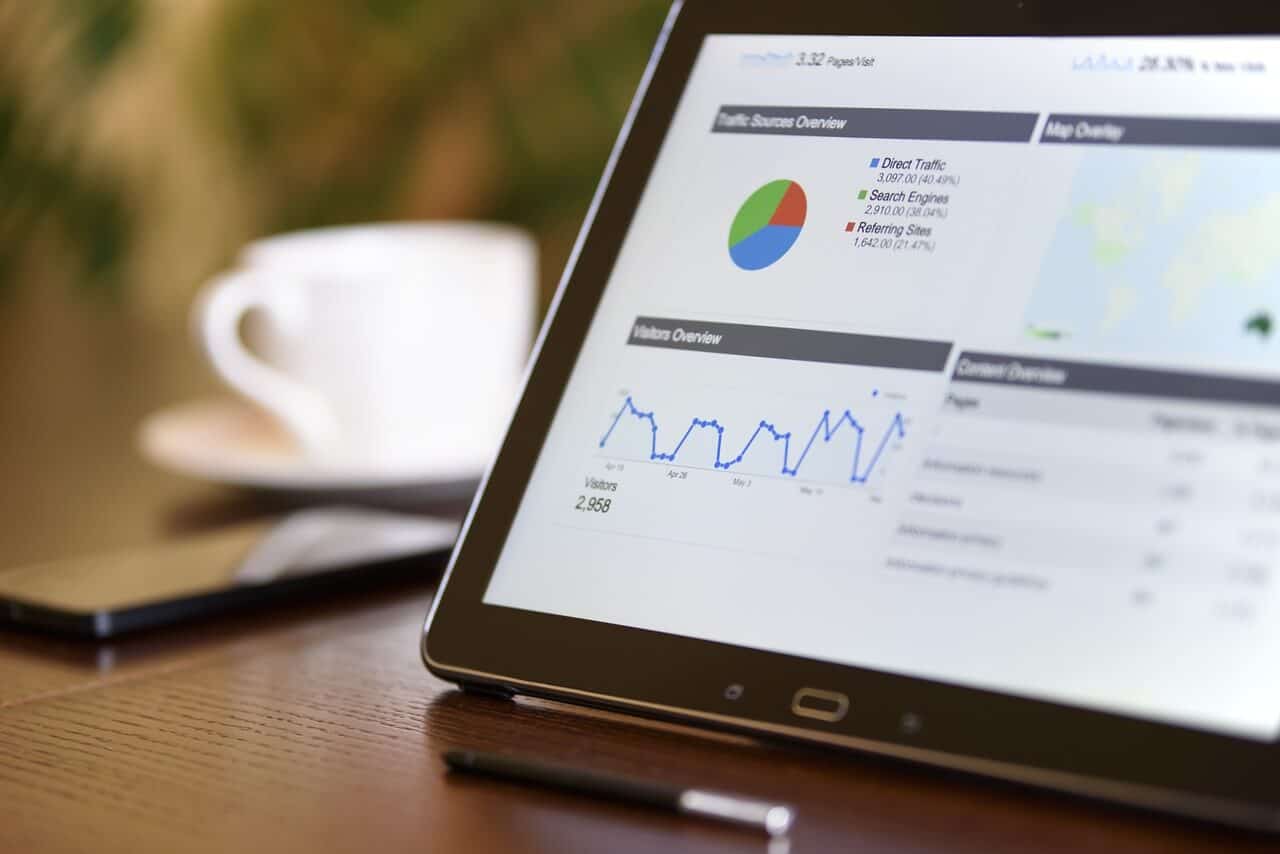On-page or on-site SEO refers to optimizing the content and HTML source code of the page. All optimizations relating to the page are on-page, link-building and external signals are off-page SEO.
Over the past few years, On-page SEO guidelines have been changing and adapting; therefore, it is crucial to keep up to date with the latest best practices. Here you will read a quick guide of essential must-haves for on-page optimization.
Meta Data
Meta titles and meta descriptions are probably the two most important elements of on-page optimization. Metadata is what search engines display on their SERPs. The meta title is the title you give your page and will be displayed in the search results. The meta description is a short text outlining what the content is about, and is featured under the meta title.
This text doesn’t sound like much, but it can be the difference in producing more clicks and leads, ultimately conversions. The meta title and description should capture the searcher so that they click on your link. Here, many sites try to promote their services, stories, etc. The title and description should be easily readable and catchy.
Best SEO practices recommend keeping the meta description at length between 50 to 160 characters. However, the optimal range will always depend on your specific case. The end-game here is to drive clicks and generate conversions. The length of the meta title is usually between 50 to 60 characters. Search engines like Google only display the first 60 characters of the title tag.
Having the Meta title and Meta description always updated according to the guidelines will ensure that your pages are displayed correctly in the SERPs. It will also work towards increasing the rank of your site.
Image Alt Text
Alt-text comes from alternative text and is used to describe the appearance and function of an image. There are three fundamental roles for alt-texts:
- Visually impaired users: Users using screen readers will not be able to read the image if the alt-text is missing. Adding it will allow visually impaired users to have a better understanding of the on-page image.
- The image cannot be loaded: In case, the image file fails to load, the alt-text is displayed for the user instead.
- Search Engine Crawlers: When search engines index sites using crawlers, they will not index an image properly without the alt-text.
Updating all the images on your site to include alt-text that is descriptive of the image/content of your page will help increase your rank. Your page will communicate better with search engines and can even be the ranking point you need to be above of your competition.
H1 Tag – Headers
H1 also known as the header tag or simply <h1> in HTML, is usually used for the title of a post. It is important to note that H1’s are not the same as the content title. The H1 tag is what your site communicates to the search engines when a query is entered. Having H1 tags on your pages will help increase the rank of your page by allowing search engines and users to know what your content is.
Internal Links
Internal links are links between two pages on the same domain. It is usual to have internal links for the main navigation on the website. Internal links also establish the site hierarchy and expand ranking power.
In addition to establishing a clear structure for your website, you can also use anchor text. Anchor texts are text within your content that link to another page within your domain. You can choose keywords as anchor texts that will help increase your page rank. Keep in mind that anchor texts should help your user understand and use the information. Anchor texts should use constructively and link to other useful and relevant content.
Link-building should not be overdone. A page with fragile content should not have a ridiculous amount of links. SEO guidelines state an average of 5 links per 1000 words. Use this as a rough guide when adding internal links.
Content-Length and Quality
You might have heard that the more content, the better, this isn’t always the case. The quality of the content is just as important if not more. There is no point of having long meaningless pieces of text. However, both the quality and length of content are essential for on-page optimization.
Quality is vital for on-page optimization because content that provides relevant knowledge also displays authority over the topic. A site with valuable information will draw more traffic and increase conversion opportunities. The increase in traffic will also increase the domain authority of the website.
How many words should your content be to rank higher? There isn’t a magic number; it all depends on your field and the purpose of the material. The aim is to provide valuable and useful information for users. A good practice is researching your high ranking competitors, and see what they are doing. Find the typical length for content in your field.
What’s Next?
Now you are aware of the basics of on-page optimization. However, SEO is an ongoing progress and a long term investment; you shouldn’t expect your site to rank overnight. If you want to know more areas of improvement to your website, you can find experienced help here.


